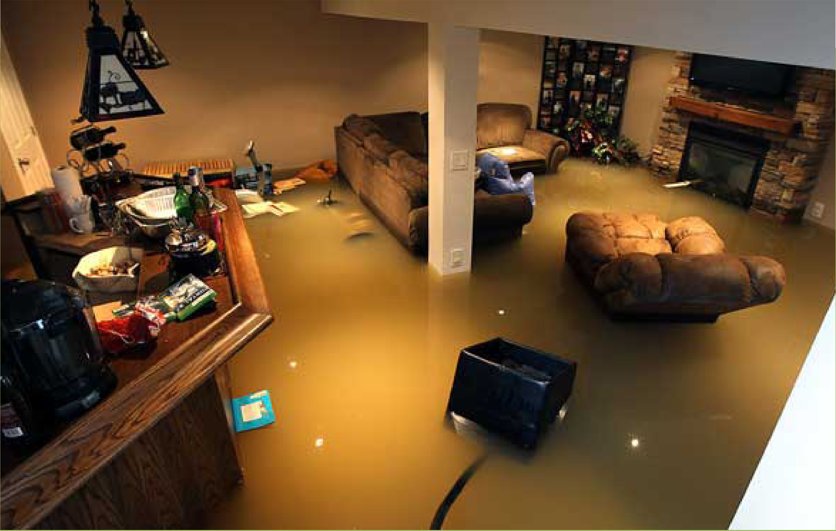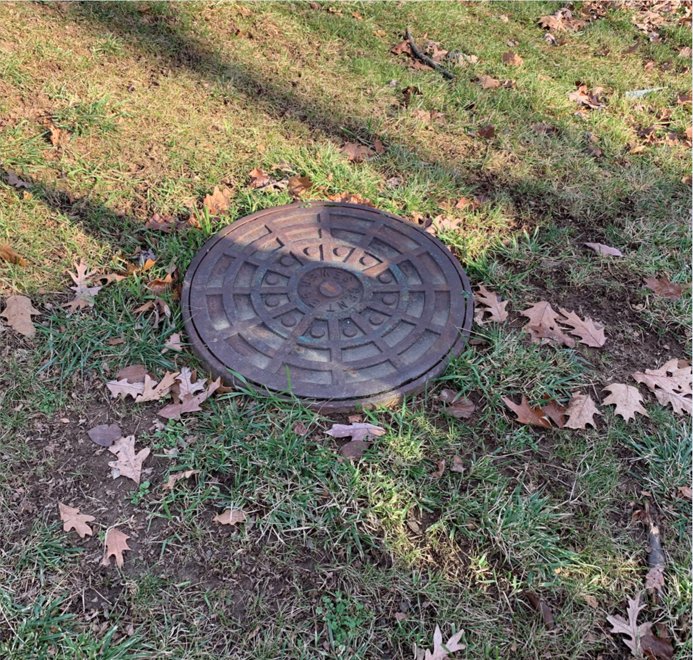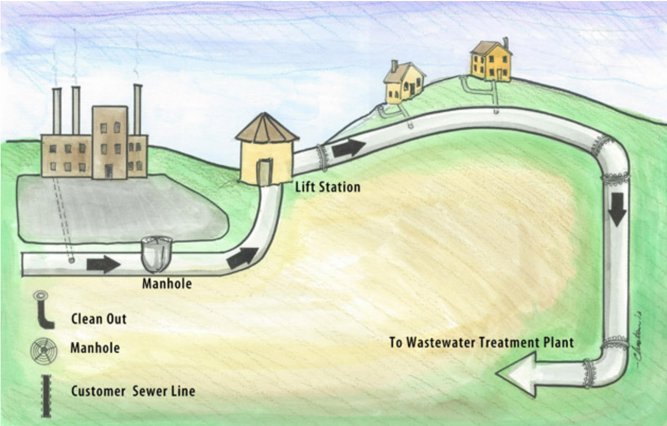Important Links
Items for Attention / Concern |
Rules, Regulations & Ordinances |
Customer Information & Forms |
Items for Attention / Concern |
Rules, Regulations & Ordinances |
Customer Information & Forms |
If you encounter any type of sanitary sewer issues
please feel free to contact our office for questions or
on-site assistance.
If you have any general questions, comments, or concerns please
submit an inquiry and we’ll get back to you as soon as we can.

Homeowners are susceptible to wastewater backups in their homes due to blocked manhole conditions. In nearly ALL cases, because of the municipal tort law, the Center Township Sanitary Authority’s Insurance Company nor the customers home owner’s insurance pay for damages caused by these backups.
It is suggested that the customer add a rider to their homeowner’s policy that will provide coverage for this backup damage.

Manhole covers require free and clear access.Manhole covers provide the provide the underground utility operator with access to their facilities for inspection,repair,maintenance, and the like. The CTSA which owns and operates, by landscaping, earthen fill, paved driveways, or similar acts. This makes it very difficult for us to provide the required level of service expected by our customers and the regulatory agencies. This includes the emergency clearing of a blockage in the sewer line, which may other wise lead to a sewage backup into a basement of sewage onto the ground.
Do no block the manholes! The Sanitary Authority requires free and clear access to its manholes in case of emergency. Covering or placing decorative planters on top of manholes makes them difficult to locate in adverse conditions.
The Sewer Collections Program is primarily responsible for maintaining an estimated 15 square miles of sanitary sewer system and approximately 4,642 residential and commercial sewer lateral connections. The program covers, upkeep and maintenance of ten lift stations, execution of the CTSA FOG Plan, Root cutting, manhole inspection & rehabilitation, Inflow & Infiltration control, spot repairs, inspection of all new sewer installations and cleaning (Jetting) of larger trunk lines. Employees involved in this activity provide information by televising and benchmarking the overall condition of the sewer system infrastructure. The information is used to establish maintenance requirements, the need for repairs and development of Capital Improvement Projects.

While the Township Building is under renovation, the CTSA office will move temporarily
to 3468 Brodhead Road, Suite 9 Monaca, PA 15061 Read More >>